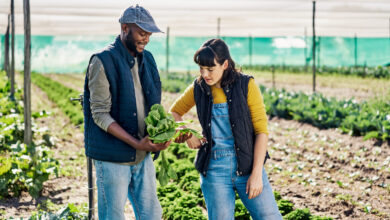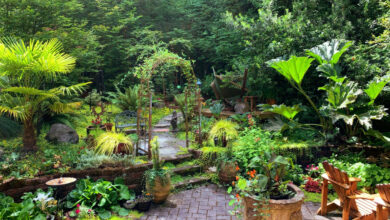Why Urban Farming Is the Future of Cities
Discover why urban farming is transforming cities. Explore vertical farming, hydroponics, food security benefits, and sustainable solutions for 2025.
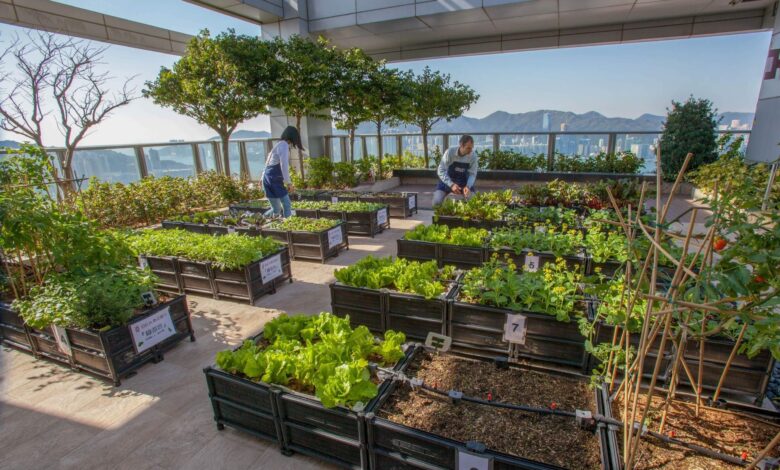
The world is experiencing an unprecedented shift toward urbanisation, with more than 55% of the global population now residing in cities—a figure projected to reach 68% by 2050. This rapid urban expansion brings tremendous challenges, particularly in food security, environmental sustainability, and resource management. Traditional agricultural systems, which rely heavily on vast rural landscapes, extensive water resources, and long-distance transportation networks, are increasingly struggling to meet the demands of densely populated urban centres. Enter urban farming—a revolutionary approach that’s fundamentally transforming how cities produce, distribute, and consume food.
Urban farming represents far more than a trendy movement or temporary solution; it’s an essential component of sustainable city development and resilient food systems. By bringing food production directly into metropolitan areas through innovative techniques like vertical farming, hydroponics, rooftop gardens, and community gardens, cities are reclaiming their food sovereignty while simultaneously addressing pressing environmental concerns. This agricultural revolution is powered by cutting-edge technologies, including artificial intelligence, Internet of Things (IoT) sensors, and automated climate control systems that maximise efficiency and productivity in constrained urban spaces.
The significance of urban agriculture extends beyond mere food production. It encompasses economic revitalisation through job creation, social cohesion through community engagement, environmental restoration through green infrastructure, and improved public health through access to fresh, nutritious produce. Cities worldwide—from Singapore’s high-tech vertical farms to Detroit’s community garden networks—are demonstrating that urban farming isn’t just viable; it’s becoming indispensable for creating livable, self-sufficient, and environmentally conscious urban environments.
As climate change intensifies, traditional supply chains become more vulnerable, and food deserts persist in urban neighbourhoods, the case for urban farming grows stronger. This comprehensive exploration examines why urban farming represents the future of cities, analysing its technological innovations, environmental benefits, economic opportunities, and transformative potential for creating sustainable, food-secure metropolitan areas that can thrive in the 21st century and beyond.
Urban Farming and Its Core Components
Urban farming, also known as urban agriculture, encompasses the cultivation, processing, and distribution of food within metropolitan areas or their immediate surroundings. Unlike traditional rural agriculture, urban farming systems operate within the spatial, regulatory, and infrastructural constraints of city environments while leveraging urban-specific advantages such as proximity to consumers, access to technology, and integration with existing urban infrastructure.
The practice of urban agriculture isn’t monolithic; it includes diverse methodologies tailored to different urban contexts. Community gardens transform vacant lots into productive green spaces where residents collectively grow food, fostering social connections and neighbourhood revitalisation. Rooftop farming utilises underused building surfaces to create productive agricultural spaces that also provide insulation benefits and reduce urban heat island effects. Indoor farming facilities employ controlled-environment agriculture to produce crops year-round, independent of external weather conditions and seasonal limitations.
Vertical farming represents one of the most transformative innovations in urban agriculture, stacking growing layers vertically to maximise production per square foot. This approach typically incorporates soilless farming techniques like hydroponics (growing plants in nutrient-rich water solutions), aeroponics (suspending plant roots in air and misting them with nutrients), or aquaponics (combining fish farming with plant cultivation in symbiotic systems). These methods dramatically reduce water consumption—up to 95% compared to traditional farming—while eliminating soil-borne diseases and reducing pesticide requirements.
The technological backbone of modern urban farming increasingly relies on precision agriculture tools. IoT sensors continuously monitor environmental parameters, including temperature, humidity, pH levels, and nutrient concentrations, while AI algorithms optimise growing conditions in real-time. LED lighting systems provide specific wavelength combinations tailored to different growth stages, significantly improving energy efficiency and crop quality. Automated systems handle tasks from seeding to harvesting, reducing labour costs and improving consistency. This integration of technology and agriculture positions urban farming as a data-driven, highly efficient food production system uniquely suited to modern metropolitan environments.
Environmental Benefits Driving Urban Farming Adoption
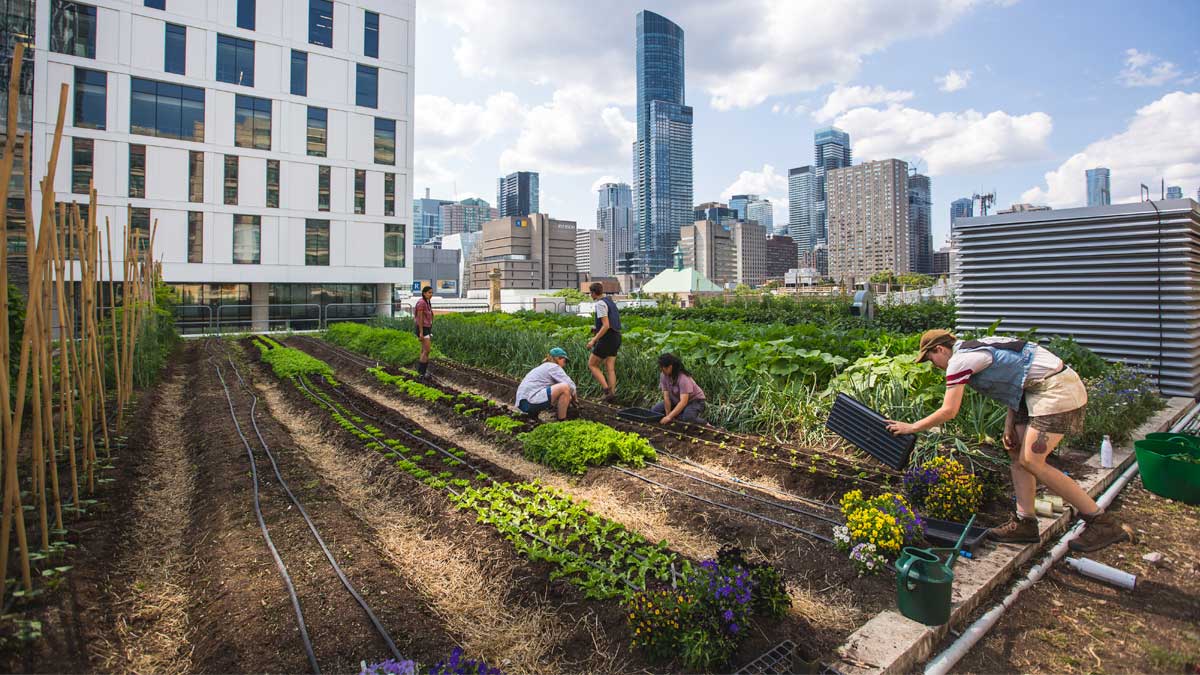
The environmental imperative for urban farming has never been more compelling. Traditional agriculture contributes approximately 24% of global greenhouse gas emissions when accounting for farming practices, land-use changes, and food transportation. Urban agriculture dramatically reduces this carbon footprint minimising transportation distances—often called “food miles”—between production and consumption. When produce travels mere blocks instead of thousands of miles, the environmental savings compound rapidly, reducing emissions, refrigeration needs, and packaging requirements.
Water conservation represents another critical environmental advantage of urban farming systems. Conventional agriculture consumes approximately 70% of global freshwater resources, often inefficiently through flood irrigation and evaporation losses. Hydroponic systems and other soilless farming techniques employed in vertical farming operations recirculate water continuously, achieving water use reductions of 90-95% compared to traditional methods. In an era where water scarcity threatens food security worldwide, this efficiency becomes increasingly vital, particularly for cities in arid regions or those facing drought conditions.
Urban agriculture also contributes significantly to urban ecosystem restoration and biodiversity enhancement. Green roofs and rooftop gardens create habitat corridors for pollinators and birds, supporting urban biodiversity that’s essential for ecosystem health. These green spaces improve air quality by filtering pollutants and producing oxygen, while simultaneously reducing urban heat island effects—a phenomenon where cities experience significantly higher temperatures than surrounding rural areas due to heat-absorbing surfaces like concrete and asphalt. Vegetation from urban farming initiatives can reduce local temperatures by several degrees, decreasing energy consumption for cooling and improving urban livability.
Waste reduction and circular economy principles are integral to sustainable urban farming. Many urban agriculture operations integrate composting programs that transform urban organic waste into valuable soil amendments or growing media, diverting waste from landfills while creating fertility inputs. Some systems incorporate urban wastewater treatment or bioremediation, purifying water while producing crops. This closed-loop approach embodies sustainability principles by transforming waste streams into productive resources, reducing environmental impact while improving operational efficiency and demonstrating how cities can function more like natural ecosystems.
Food Security and Nutritional Access in Urban Centres
Food security—defined as reliable access to sufficient, safe, and nutritious food—remains a persistent challenge in urban environments despite their apparent prosperity. Food deserts, areas with limited access to affordable fresh produce, plague many urban neighbourhoods, particularly low-income communities. These geographical and economic barriers contribute to diet-related health problems, including obesity, diabetes, and cardiovascular disease. Urban farming directly addresses this crisis by establishing food production sites within underserved neighbourhoods, dramatically improving fresh food access for vulnerable populations.
The economic accessibility of locally grown food represents another dimension of urban agriculture’s food security contribution. By reducing supply chain intermediaries, transportation costs, and storage requirements, urban farms can offer competitively priced produce while maintaining profitability. Community gardens and cooperative urban farming models often operate on non-profit or sliding-scale bases, ensuring that economic barriers don’t prevent community members from accessing nutritious food. democratisation of food access represents social equity in action, addressing systemic inequalities in food distribution systems.
Nutritional quality constitutes a compelling advantage of urban farming. Produce harvested and consumed within hours retains significantly higher nutrient content compared to conventionally grown crops that may spend days or weeks in transportation and storage. Vitamins, particularly vitamin C and folate, degrade rapidly post-harvest, meaning shorter supply chains directly translate to more nutritious food. Additionally, urban farmers can grow crop varieties selected for nutritional value and flavour rather than durability for long-distance shipping, providing consumers with genuinely superior produce.
Urban agriculture also enhances food system resilience against disruptions. The COVID-19 pandemic starkly illustrated how supply chain vulnerabilities can rapidly compromise food access, with international and even regional distribution networks experiencing significant disruptions. Localised urban farming creates redundancy in food systems, ensuring cities maintain some food production capacity even when external supply chains falter. This resilience becomes increasingly critical as climate change, geopolitical instability, and other factors threaten to disrupt traditional agricultural regions and global food distribution networks more frequently.
Economic Opportunities and Urban Revitalisation Through Agriculture
The economic case for urban farming extends far beyond agricultural revenue, encompassing job creation, property value enhancement, and neighbourhood revitalisation. Urban agriculture enterprises generate diverse employment opportunities requiring varied skill sets, from technical positions managing hydroponic systems and IoT infrastructure to community outreach roles and direct sales positions. Unlike many urban industries, urban farming offers entry points for workers with different educational backgrounds, creating pathways to meaningful employment for underemployed populations while simultaneously contributing to local food production.
Property values and neighbourhood desirability often increase substantially near urban farming projects and community gardens. These green spaces enhance aesthetic appeal, provide community gathering places, and signal neighbourhood investment, making areas more attractive to residents and businesses. Vacant lots and abandoned buildings—urban blight that typically suppresses surrounding property values—transform into productive assets when converted to urban farms. This transformation stimulates broader economic revitalisation, attracting additional investment, reducing crime associated with neglected spaces, and fostering community pride.
Urban farming also creates opportunities for entrepreneurship and small business development. Direct-to-consumer sales through farmers’ markets, community-supported agriculture (CSA) programs, and restaurant partnerships enable urban farmers to capture more value from their products compared to traditional agricultural commodity markets. Value-added products like microgreens, specialty herbs, and artisanal varieties command premium prices, making urban agriculture economically viable despite higher operational costs associated with urban locations. Technology-focused vertical farming operations attract venture capital investment, creating innovation ecosystems around agricultural technology.
The multiplier effect of local food production further amplifies economic benefits. When residents purchase from urban farms, money circulates within the local economy rather than flowing to distant agricultural regions or multinational food corporations. This local economic circulation supports other businesses, generates tax revenue for municipal governments, and strengthens overall economic resilience. Educational and tourism activities associated with urban farming—from school programs to agritourism—create additional revenue streams while building public awareness and support for sustainable agriculture practices.
Technological Innovation Powering Modern Urban Farms
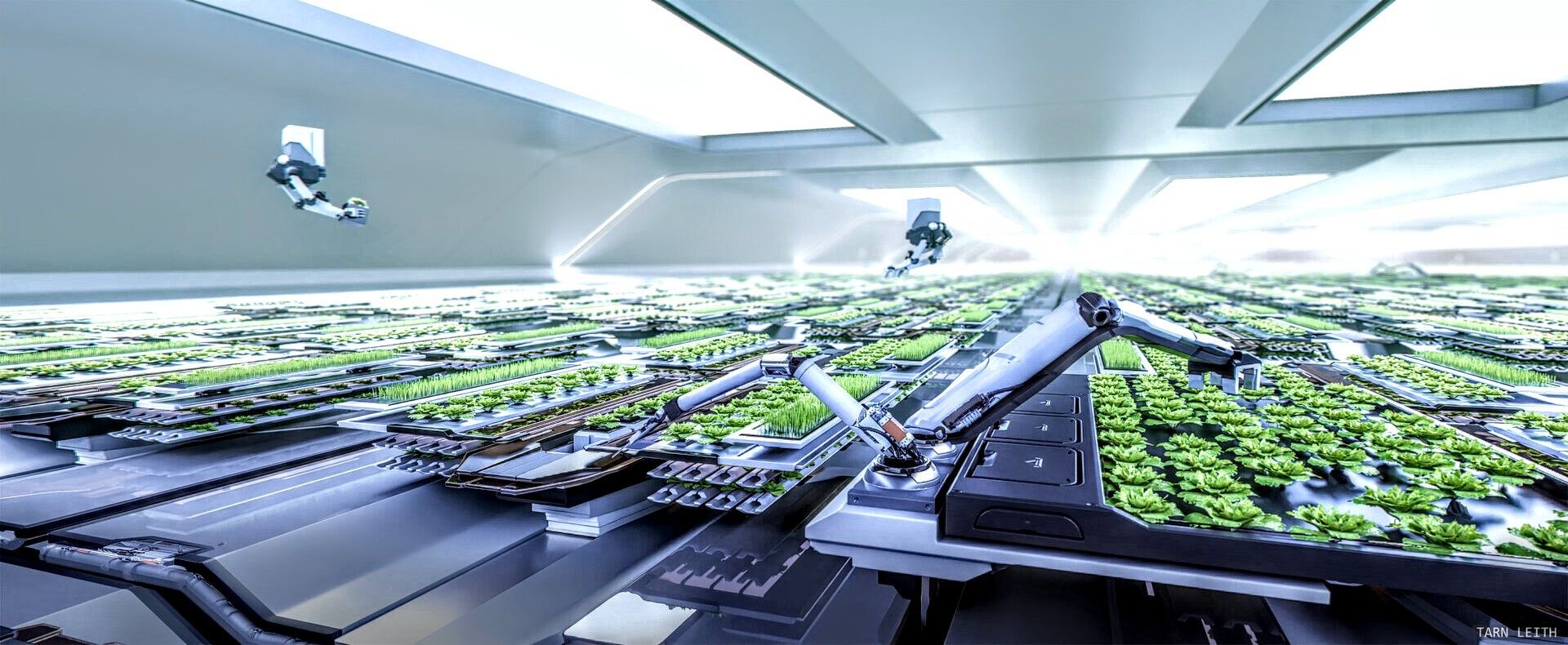
Technology serves as the enabler that makes urban farming not just possible but highly efficient and scalable. Vertical farming systems exemplify this technological integration, utilising multi-story structures with precisely controlled environments that optimise every aspect of plant growth. LED lighting systems provide targeted light spectrums that maximise photosynthesis while minimising energy consumption, with recent advances in LED efficiency making indoor farming increasingly economically viable. These systems can adjust light intensity, spectrum, and duration throughout a plant’s lifecycle, accelerating growth and improving crop quality beyond what natural sunlight achieves.
Hydroponics and aeroponics represent foundational technologies for space-efficient urban agriculture. Hydroponic systems deliver precise nutrient formulations directly to plant roots, eliminating nutrient deficiencies while preventing excess application that would waste resources or cause environmental pollution. Advanced hydroponic systems monitor and adjust pH, electrical conductivity, dissolved oxygen, and individual nutrient concentrations automatically, maintaining optimal conditions continuously. Aeroponic systems go further, suspending roots in air and delivering nutrients through fine mist, achieving even greater oxygenation and faster growth rates while using minimal water.
Artificial intelligence and machine learning algorithms increasingly drive urban farming operations, analysing vast datasets from sensors to optimise outcomes. AI systems predict optimal harvest timing, detect early signs of plant stress or disease, and adjust environmental parameters proactively rather than reactively. Machine vision systems identify individual plants, assess growth stages, detect pest infestations, and even guide robotic harvesting equipment with precision impossible for human workers. This data-driven approach transforms urban farming from an experiential craft into a predictable, optimizable industrial process capable of consistent, high-quality output.
Automation and robotics address labour costs—often the largest operational expense for urban farms. Automated seeding systems, robotic transplanting equipment, and AI-guided harvesting machines reduce labour requirements while improving consistency and speed. These technologies make urban farming economically competitive with traditional agriculture despite higher real estate and infrastructure costs in urban locations. As automation technology continues advancing and costs decline, the economic advantage of urban agriculture will strengthen further, accelerating adoption and scaling urban farming from niche operations to mainstream food production systems.
Social and Community Dimensions of Urban Agriculture
Urban farming creates profound social benefits that extend well beyond food production, fostering community connection in increasingly fragmented urban societies. Community gardens serve as gathering spaces where neighbours interact, collaborate, and build relationships across demographic boundaries that often divide urban populations. These shared spaces facilitate intergenerational knowledge transfer, with experienced gardeners mentoring newcomers and elders teaching traditional agricultural practices to younger generations. The collaborative nature of community gardens builds social capital—networks of trust and reciprocity that strengthen neighbourhoods and improve quality of life.
Educational opportunities represent another significant social contribution of urban agriculture. Schools increasingly incorporate urban farming into curricula, providing hands-on learning experiences that connect students with food origins, ecological principles, and sustainability concepts. These programs combat “nature deficit disorder,” particularly crucial for urban children who may have limited exposure to natural systems. Vocational training programs focused on urban farming provide pathways to agricultural careers while addressing workforce development needs in growing industries. This educational dimension builds agricultural literacy across urban populations, creating more informed consumers and potential future farmers.
Urban farming also addresses mental health and well-being, increasingly recognised as critical public health concerns. Horticultural therapy programs utilise urban agriculture to treat conditions including depression, anxiety, PTSD, and substance abuse disorders. The physical activity, exposure to nature, and sense of purpose inherent in farming activities provide therapeutic benefits well-documented in research. Even casual participation in community gardens correlates with improved mental health outcomes, stress reduction, and life satisfaction, suggesting that urban agriculture contributes to urban well-being at both individual and community levels.
Cultural preservation and food sovereignty represent additional social dimensions of urban farming. Immigrant communities often establish urban farms and community gardens to grow culturally significant crops unavailable through mainstream food systems, maintaining culinary traditions and cultural identity. These spaces become cultural anchors within diverse urban neighbourhoods, celebrating heritage while integrating communities into the roader urban fabric. By enabling communities to produce their own food, urban agriculture shifts power dynamics in food systems, giving communities more control over what they eat, how it’s grown, and who benefits economically.
Challenges and Solutions for Scaling Urban Farming
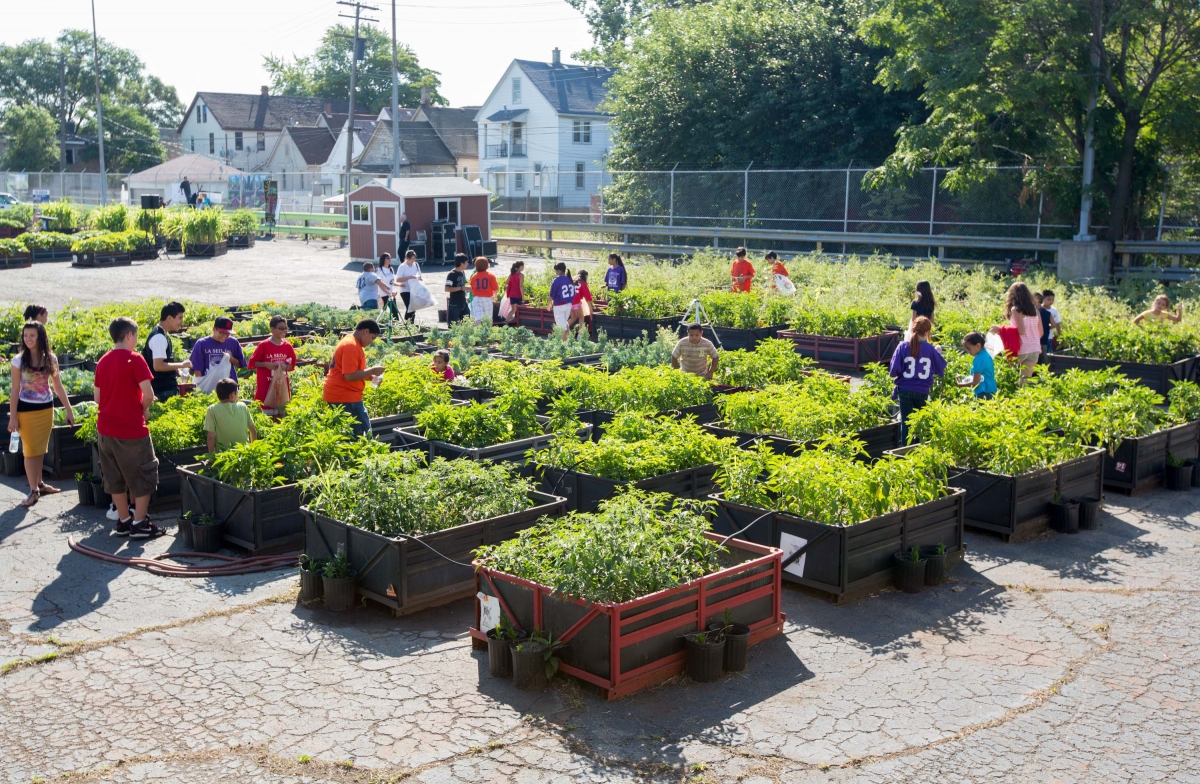
Despite its numerous advantages, urban farming faces significant challenges that must be addressed for widespread adoption. Land access and cost represent primary obstacles, as urban real estate commands premium prices that can render agricultural use economically unviable. Innovative solutions include vertical integration that maximises production per square foot, adaptive reuse of abandoned buildings and underutilised spaces, and policy interventions like tax incentives for agricultural property use or zoning reforms that protect urban farmland from development pressure. Public-private partnerships can provide land access through long-term leases of municipally owned properties.
Initial capital requirements for technology-intensive urban farming operations, particularly vertical farming and advanced hydroponic systems, can be substantial. Equipment costs for climate control, LED lighting, automation, and monitoring systems create barriers to entry for aspiring urban farmers. Addressing this challenge requires diverse approaches: grant programs and low-interest loans specifically for urban agriculture, equipment cooperatives that share expensive machinery among multiple farms, modular system designs that allow gradual expansion, and continued technological advancement that reduces equipment costs through economies of scale and innovation.
Energy consumption, particularly for indoor farming and vertical farming systems, raises environmental and economic concerns. LED grow lights, climate control, and water circulation systems require substantial electricity, potentially offsetting some environmental benefits if powered by fossil fuels. Solutions include integrating renewable energy sources like rooftop solar panels, utilising waste heat from adjacent buildings or industrial processes, implementing ultra-efficient LED systems and intelligent control algorithms that minimise energy use, and locating urban farms in buildings designed for energy efficiency. As renewable energy costs continue declining, this challenge becomes increasingly manageable.
Regulatory frameworks often fail to accommodate urban agriculture, creating legal uncertainties and compliance challenges. Zoning regulations may prohibit agricultural activities in urban zones, food safety regulations designed for large-scale industrial agriculture may impose inappropriate requirements on small urban farms, and building codes may not address unconventional structures like vertical farms. Progressive cities are addressing these issues through comprehensive urban agriculture policies that establish clear regulatory pathways, create agricultural zoning designations, streamline permitting processes, and develop food safety standards appropriate for urban production scales. Advocacy and policy development remain crucial for enabling urban farming expansion.
Urban Farming Models and Success Stories Worldwide
Diverse urban farming models demonstrate this practice’s adaptability to different contexts, scales, and objectives. Commercial vertical farming companies like AeroFarms, Bowery Farming, and Plenty operate large-scale facilities producing millions of pounds of leafy greens, herbs, and berries annually for retail and food service customers. These high-tech operations exemplify how urban agriculture can achieve industrial scale while maintaining sustainability and quality. Their success attracts investment, validates business models, and accelerates technology development that benefits the entire urban farming sector.
Community garden networks represent a contrasting but equally valuable model, prioritising social benefits and community empowerment over commercial production. Cities like Detroit, with over 1,600 community gardens and urban farms, demonstrate how urban agriculture can transform declining post-industrial cities, reclaiming vacant land while strengthening communities. Philadelphia’s extensive urban farming network combines community gardens with market-oriented farms, creating a hybrid model that maximises both social and economic value. These grassroots initiatives prove that urban farming succeeds at multiple scales with diverse organisational structures.
International examples illustrate urban farming’s global relevance and adaptability. Singapore, despite its limited land area, has established itself as a leader in urban agriculture through comprehensive government support, investing in vertical farming technology and setting targets for local food production to reduce import dependence. The city-state’s Sky Greens vertical farm and numerous rooftop farms demonstrate how dense urban environments can integrate substantial food production. Tokyo’s underground farms utilise bunkers and basements for hydroponic cultivation, creatively addressing space constraints while producing premium crops for local markets.
Developing nations increasingly embrace urban farming to address food security and poverty. Nairobi’s urban agriculture sector employs hundreds of thousands of residents, with small-scale urban farmers producing vegetables on any available land, from backyards to roadside strips. Havana, Cuba, developed extensive urban farming out of necessity during economic crisis, creating a comprehensive system of community gardens, rooftop farms, and cooperative urban farms that now supply significant portions of the city’s fresh produce. These examples demonstrate urban farming’s viability across economic contexts and its particular value in resource-constrained environments.
Policy Support and Urban Planning for Agricultural Integration
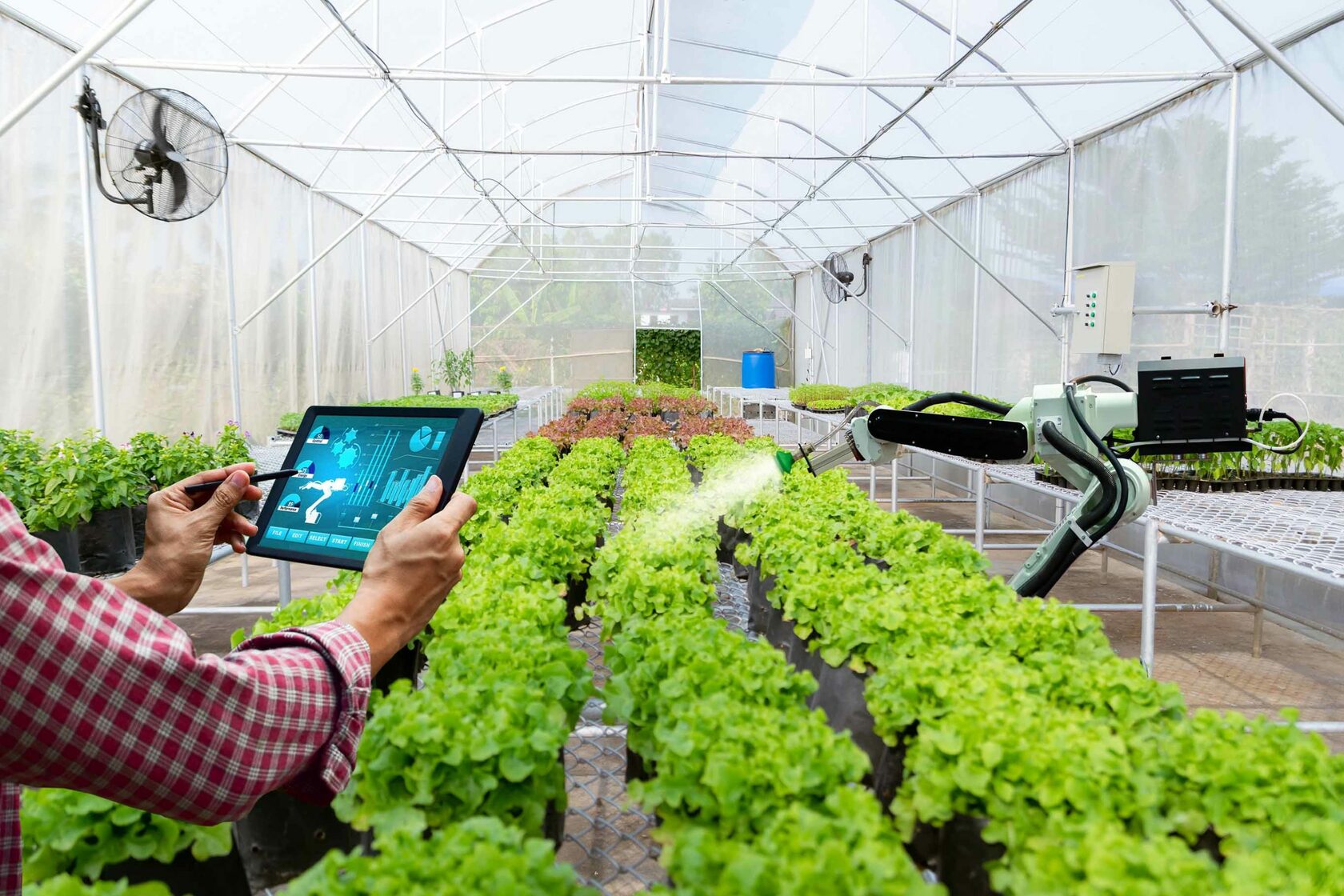
Progressive urban policy increasingly recognises urban farming as essential infrastructure deserving of strategic support and integration into comprehensive urban planning. Cities like Vancouver, Portland, and San Francisco have developed urban agriculture policies that establish goals for local food production, streamline permitting processes, provide financial incentives, and protect urban farmland from development. These policies signal municipal commitment while creating favourable conditions for urban farming expansion. Comprehensive policy frameworks address land access, water and energy infrastructure, food safety regulations, and integration with broader sustainability and equity objectives.
Zoning reform represents a crucial policy intervention enabling urban farming. Traditional zoning categories typically exclude agricultural uses from residential and commercial zones, legally prohibiting urban farming in most urban areas. Progressive cities are creating agricultural overlay zones, allowing farming as a permitted use across various zone types, or establishing specific urban agriculture zoning designations. These reforms recognise that urban farming complements rather than conflicts with other urban activities, providing flexibility for diverse agricultural models from community gardens to commercial vertical farms.
Financial incentives and support programs accelerate urban farming development while addressing equity concerns. Grant programs targeted at urban agriculture ventures help overcome capital barriers, particularly for community-based organisations serving low-income neighbourhoods. Tax incentives for property owners who lease land to urban farmers or convert buildings to vertical farming facilities make agricultural use economically competitive with other potential usesSubsidiseddd water and energy rates for urban farms recognise their public benefits while improving economic viability. These financial tools direct resources toward urban farming strategically, leveraging public investment to catalyse broader development.
Integration with broader urban planning initiatives maximises urban farming’s impact and sustainability. Transit-oriented development can incorporate urban farms and farmers’ markets as community amenities, connecting food production with sustainable transportation. Green infrastructure plans can recognise rooftop gardens and urban farms as components of stormwater management systems, providing multiple benefits from a single intervention. Climate action plans increasingly identify urban agriculture as a strategy for emissions reduction, adaptation, and resilience building. This integrated approach ensures urban farming receives consideration in major planning decisions rather than remaining siloed as a niche activity.
The Future Trajectory of Urban Farming and Cities
The trajectory of urban farming points toward continued expansion, technological advancement, and deeper integration into urban systems. Vertical farming technology will become more efficient and affordable as LED costs decline, automation improves, and renewable energy becomes increasingly accessible. This progress will enable urban farms to achieve better economics while reducing environmental footprints, accelerating adoption and scaling from pilot projects to mainstream food production infrastructure. The next generation of vertical farms will likely integrate directly into mixed-use developments, with residential towers, offices, and retail spaces incorporating production facilities that supply building occupants with ultra-fresh produce.
Climate change will intensify the imperative for resilient, localised food systems, making urban farming increasingly essential rather than optional. As extreme weather events disrupt traditional agricultural regions and supply chains more frequently, cities that have invested in urban agriculture infrastructure will demonstrate superior food security and resilience. This reality will drive policy support and investment as municipalities recognise urban farming as critical infrastructure comparable to water, energy, and transportation systems. The question will shift from whether cities should support urban farming to how quickly they can build sufficient capacity.
Technological convergence will create synergies between urban farming and other urban systems. Smart city infrastructure will integrate with urban agriculture, sharing data and resources to optimise overall urban metabolism. Buildings will be designed from the ground up to incorporate urban farming, with structural support for rooftop gardens, integrated water collection and distribution systems, and architectural features that facilitate agricultural activities. Circular economy principles will connect urban farms with waste management, energy systems, and water infrastructure in closed-loop relationships that maximise resource efficiency while minimising environmental impact.
The social and cultural dimensions of urban farming will likely expand as communities recognise its value beyond food production. Urban farms and community gardens will increasingly serve as community hubs, educational facilities, cultural centres, and therapeutic environments. Urban planning will prioritise accessible green space that includes productive landscapes, recognising that urban agriculture provides recreational, aesthetic, and social benefits alongside food production. This evolution positions urban farming as fundamental to livable, healthy, equitable cities rather than merely an agricultural production strategy, fundamentally transforming urban form and function for future generations.
More Read: Best Gardening Tools Every Gardener Needs
Conclusion
Urban farming represents far more than an innovative food production method; it embodies a fundamental reimagining of urban metabolism, community structure, and humanity’s relationship with food and nature in metropolitan contexts. The convergence of environmental necessity, technological capability, and social demand creates unprecedented momentum for urban agriculture as cities worldwide confront challenges of food security, climate change, resource scarcity, and social fragmentation.
From high-tech vertical farms producing tons of leafy greens in repurposed warehouses to community gardens cultivating both vegetables and social capital in neighbourhood vacant lots, urban farming demonstrates remarkable adaptability while consistently delivering multiple benefits across environmental, economic, and social dimensions.
The question is no longer whether urban farming will play a significant role in future cities, but rather how quickly cities can develop supportive policies, invest in necessary infrastructure, and integrate agricultural production into comprehensive urban planning torealisee this transformation fully. As cities embrace sustainable urban agriculture, they’re not simply changing how food is grown—they’re fundamentally reshaping urban landscapes, communities, and possibilities for creating truly sustainable, resilient, and livable metropolitan environments for current and future generations.




